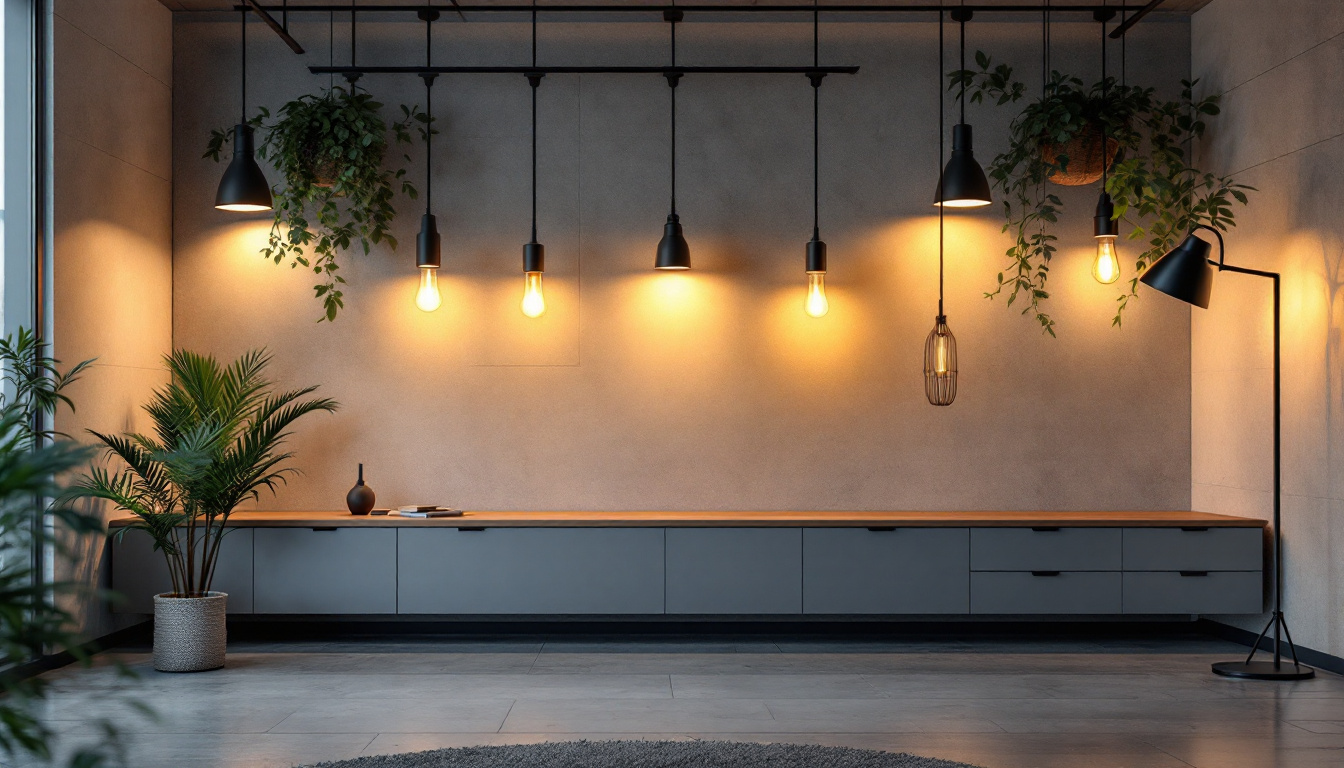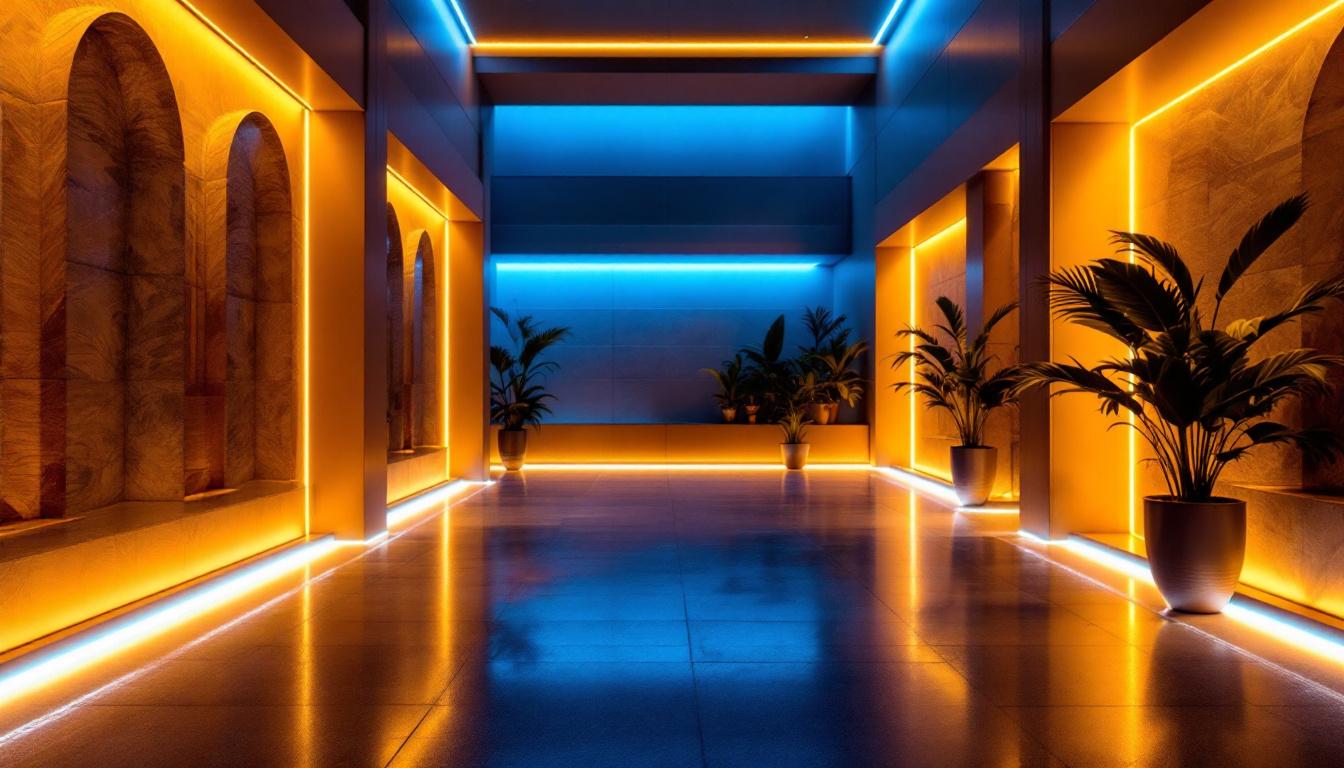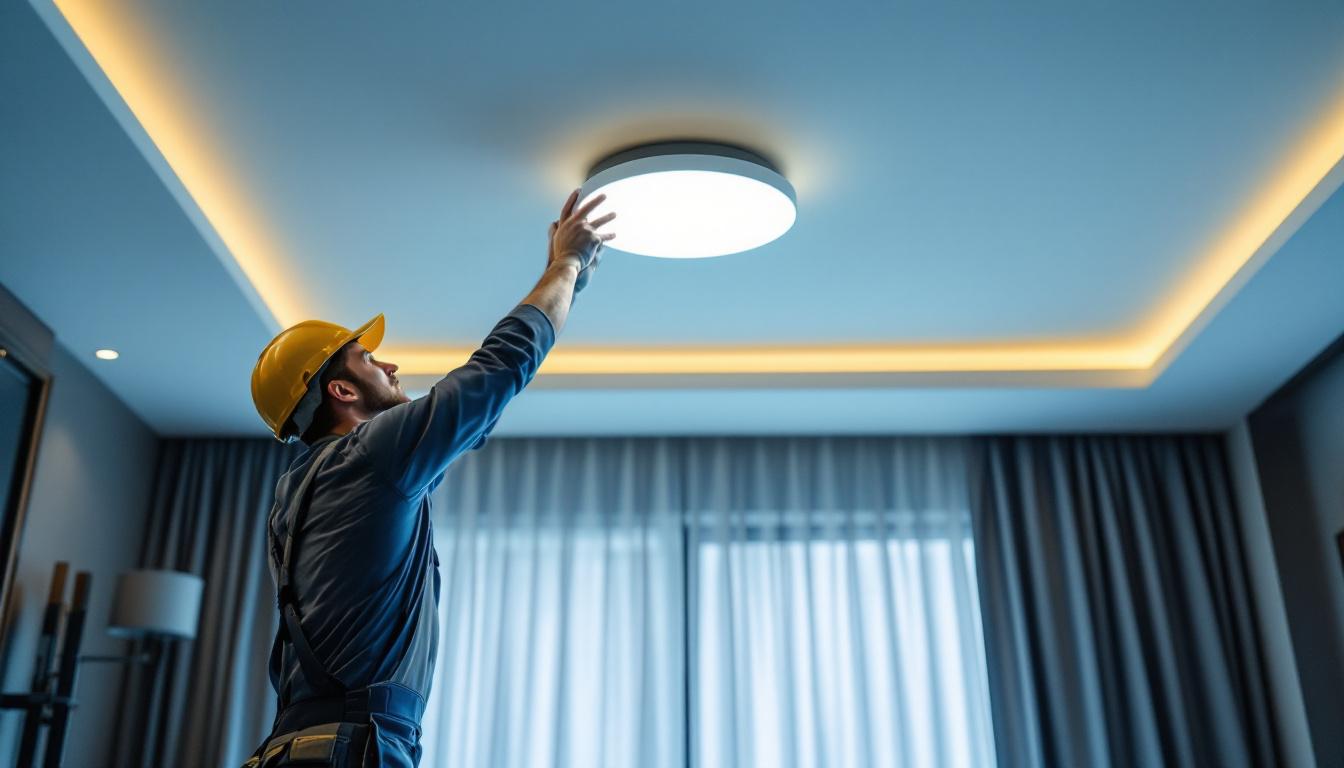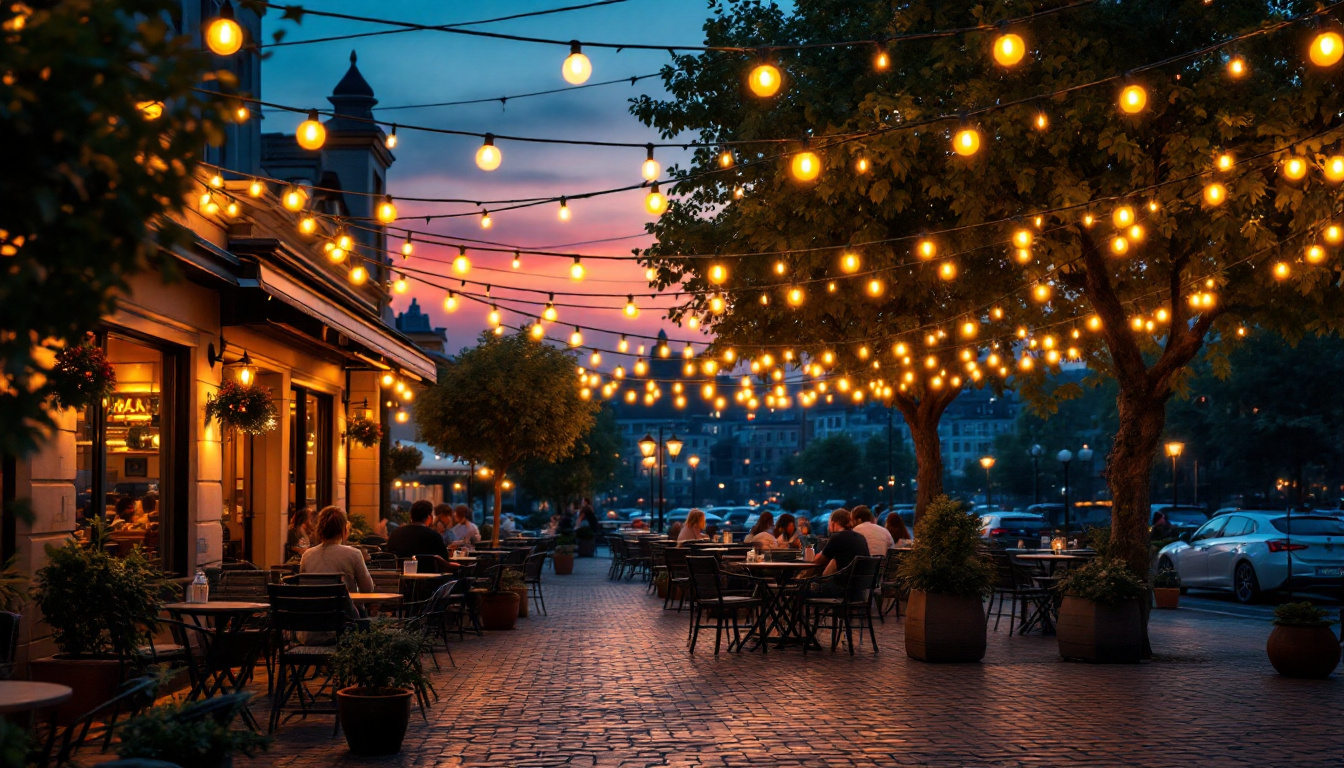
Outdoor carriage lamps have long been a staple in architectural lighting, providing both functionality and aesthetic appeal. For lighting contractors, understanding the nuances of these fixtures is essential for successful installations and satisfied clients. This article delves into the key aspects of outdoor carriage lamps, offering insights that can enhance your expertise and service offerings.
Outdoor carriage lamps are typically mounted on exterior walls, often flanking entryways or driveways. Their design is reminiscent of traditional lanterns, combining classic aesthetics with modern technology. These fixtures not only illuminate spaces but also contribute to the overall curb appeal of a property.
The concept of carriage lamps dates back to the days when horse-drawn carriages were the primary mode of transportation. Originally designed to light paths for travelers, these lamps have evolved significantly. Today, they incorporate various lighting technologies, including LED and solar options, making them more energy-efficient and versatile than ever before. The historical significance of these lamps is reflected in their enduring popularity; they evoke a sense of nostalgia while serving practical purposes in contemporary settings.
Outdoor carriage lamps come in a variety of designs, from ornate Victorian styles to sleek contemporary looks. This diversity allows contractors to select fixtures that complement the architectural style of a home or building. When advising clients, it’s crucial to consider not only the aesthetic appeal but also the functionality and placement of the lamps. For instance, some designs feature intricate glasswork or decorative scrolls that enhance visual interest, while others prioritize minimalism and clean lines to suit modern tastes. Additionally, the choice of finish—whether matte black, polished bronze, or brushed nickel—can significantly influence the overall look and feel of the exterior space.
Most outdoor carriage lamps are constructed from materials that can withstand harsh weather conditions. Common materials include brass, aluminum, and high-quality plastics. Understanding the pros and cons of each material can help contractors make informed recommendations to clients, ensuring that the fixtures not only look good but also last long in outdoor environments. For example, brass is known for its durability and resistance to corrosion, making it a popular choice for coastal areas, while aluminum is lightweight and often more affordable, providing a practical option for budget-conscious homeowners. Additionally, some manufacturers offer finishes that mimic the appearance of more expensive materials, allowing for a luxurious look without the hefty price tag.
Another important aspect to consider is the maintenance required for each material. While some finishes may develop a patina over time, adding character, others may require regular cleaning to maintain their shine. Homeowners should be informed about the care needed for their chosen fixtures, ensuring they remain beautiful and functional for years to come. Furthermore, advancements in technology have led to the development of weather-resistant coatings that enhance the longevity of these lamps, making them an even more appealing choice for outdoor lighting solutions.
Selecting the appropriate carriage lamps for a project involves several considerations. Lighting contractors must assess the specific needs of the space, the preferences of the client, and the technical specifications of the fixtures.
One of the most critical factors in selecting outdoor carriage lamps is light output. Measured in lumens, the output should be sufficient to illuminate the intended area without causing glare. Additionally, energy efficiency is paramount. LED options are increasingly popular due to their longevity and lower energy consumption, making them an ideal choice for outdoor applications. Beyond just lumens, it’s essential to consider the distribution of light; fixtures that provide even coverage can enhance safety and aesthetics, reducing dark spots that may pose hazards.
The color temperature of the light emitted by the lamps can significantly impact the ambiance of an outdoor space. Warmer tones (around 2700K) create a cozy and inviting atmosphere, while cooler tones (above 4000K) can feel more clinical. Contractors should guide clients in selecting the right color temperature based on the desired mood and the surrounding environment. For instance, in a garden setting, warmer lights can accentuate the natural hues of plants and flowers, while cooler lights may be more suitable for modern architectural designs, providing a sleek and contemporary feel.
Proper installation is crucial for the performance and longevity of outdoor carriage lamps. Contractors should consider the height at which the lamps are mounted, ensuring they are positioned to provide optimal light coverage without obstructing pathways. Additionally, wiring and power supply must be adequately planned to accommodate the fixtures, particularly in areas prone to moisture or extreme weather. Furthermore, it’s beneficial to evaluate the surrounding landscape; for example, if the lamps are installed near trees or shrubs, it may be necessary to account for seasonal growth that could obstruct light over time. This foresight can prevent the need for frequent adjustments or replacements, ultimately saving time and resources in the long run.
Even the most durable outdoor carriage lamps require some level of maintenance to ensure they function correctly and maintain their appearance over time. Educating clients on proper care can enhance their satisfaction and prolong the life of the fixtures.
Regular cleaning is essential to prevent the buildup of dirt and grime on outdoor fixtures. Depending on the material, different cleaning solutions may be required. For example, brass fixtures may need special polishes to maintain their luster, while plastic components can often be cleaned with mild soap and water. Providing clients with a simple maintenance schedule can help them keep their outdoor lighting in top condition. Additionally, it is advisable to check for any signs of corrosion or rust, especially in coastal areas where saltwater can accelerate deterioration. Clients should be encouraged to inspect their fixtures seasonally, ensuring that any necessary repairs are addressed promptly to avoid more significant issues down the line.
Common issues such as flickering lights or complete outages can occur, often due to faulty wiring or bulb failure. Contractors should be prepared to troubleshoot these problems efficiently. Offering a warranty or service plan can not only reassure clients but also build trust in the contractor’s expertise. Furthermore, educating clients about the types of bulbs suitable for their fixtures can prevent future complications. For instance, LED bulbs are energy-efficient and have a longer lifespan compared to traditional incandescent bulbs, making them a popular choice for outdoor lighting. Clients should also be informed about the importance of ensuring that their fixtures are compatible with dimmer switches or smart home systems if they wish to incorporate advanced lighting controls.
The lighting industry is continually evolving, with new trends emerging that can influence the selection and installation of outdoor carriage lamps. Staying informed about these trends can help contractors provide cutting-edge solutions to their clients.
Smart home technology is becoming increasingly popular, and outdoor carriage lamps are no exception. Many modern fixtures can now be integrated with smart home systems, allowing for remote control and automation. This feature appeals to tech-savvy clients who value convenience and energy management.
As sustainability becomes a priority for many homeowners, the demand for eco-friendly lighting solutions is on the rise. Solar-powered carriage lamps are an excellent option for clients looking to reduce their carbon footprint. Contractors should be knowledgeable about the benefits and limitations of these systems to provide well-rounded advice.
Lighting contractors must also be aware of local regulations and codes that govern outdoor lighting installations. Compliance with these regulations is essential to avoid potential fines and ensure the safety of the installation.
Building codes can dictate various aspects of outdoor lighting, including placement, wattage, and energy efficiency standards. Contractors should familiarize themselves with these codes to ensure that their installations meet all necessary requirements. This knowledge not only protects the contractor but also enhances the credibility of their work.
In addition to building codes, environmental regulations may impact the choice of materials and lighting technologies. For instance, certain areas may have restrictions on the use of specific types of bulbs due to their environmental impact. Staying informed about these regulations can help contractors make responsible choices that align with local guidelines.
Effective communication with clients is vital for successful project outcomes. Educating clients about outdoor carriage lamps can empower them to make informed decisions and foster a collaborative relationship.
When discussing outdoor carriage lamp options with clients, it’s beneficial to present a range of choices that cater to different budgets and styles. Providing samples or visual aids can help clients visualize how different fixtures will look in their space, making the decision-making process smoother.
Setting realistic expectations regarding timelines, costs, and maintenance is crucial. Clients should be made aware of the potential challenges that may arise during installation, as well as the long-term care required for their chosen fixtures. Clear communication can prevent misunderstandings and enhance client satisfaction.
Outdoor carriage lamps are more than just functional lighting; they are a critical component of outdoor aesthetics and safety. For lighting contractors, understanding the various aspects of these fixtures—from design and installation to maintenance and compliance—is essential for delivering high-quality service. By staying informed about trends and regulations, and by effectively communicating with clients, contractors can enhance their offerings and build lasting relationships in the industry.
As the demand for outdoor lighting continues to grow, embracing the intricacies of outdoor carriage lamps will position contractors as knowledgeable professionals in a competitive market. The insights shared in this article serve as a foundation for developing expertise and ensuring successful installations that satisfy client needs.
Ready to elevate your lighting projects with the finest outdoor carriage lamps on the market? Look no further than LumenWholesale. Our commitment to quality and affordability ensures that you have access to the best spec-grade lighting products at wholesale prices. Say goodbye to local distributor markups and hello to a vast selection of industry-standard options that will make your installations stand out. With the convenience of bulk buying and free shipping, your next project is just a click away. Discover the value and quality that LumenWholesale offers and make us your go-to source for all your lighting needs. Wholesale Lighting at the Best Value is just a step away.

Discover the latest trends in lighting boxes that every savvy lighting contractor needs to know.

Discover how 110V LED tape lights can revolutionize your lighting projects by enhancing efficiency and cutting costs.

Discover expert strategies and tips for lighting contractors to excel in ceiling light installations.

Explore the benefits and drawbacks of outdoor cafe lights for lighting contractors.